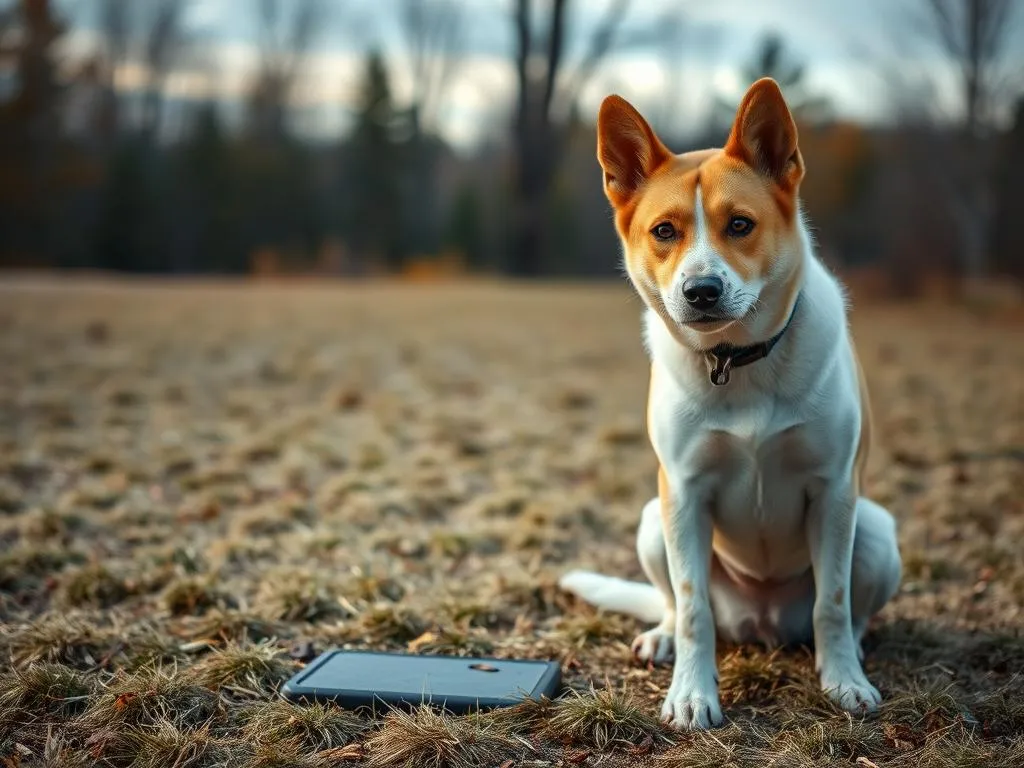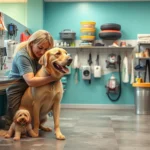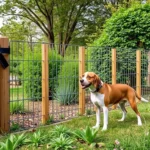
Understanding why your dog tends to pee next to the pad rather than on it is crucial for both your peace of mind and your pet’s well-being. Dog behavior can often be perplexing, and urination habits are no exception. It’s essential to delve into canine instincts, training, and environmental factors to uncover the root cause of this behavior.
Understanding Dog Behavior
Canine Instincts
Dogs are inherently territorial creatures. They have a natural instinct to mark their territory, which often manifests through urination. When a dog pees next to the pad, it may be a way of asserting their presence in the area. This behavior is particularly common in dogs that are still learning the ropes of house training or are exposed to new environments and smells.
Importance of Routine
Dogs thrive on routine and predictability. They feel secure when they know what to expect from their day. If there are changes in their environment—like moving to a new home, the arrival of a new pet, or even a shift in your daily schedule—this can disrupt their routine and lead to accidents. A dog that is unsure of where they should relieve themselves may end up peeing next to the pad instead.
Common Reasons Dogs Pee Next to the Pad
Incomplete Training
The most common reason dogs may pee next to the pad is incomplete house training. Signs of this can include frequent accidents indoors, reluctance to go outside, or confusion about where they should go. Reinforcing training techniques is essential. Consistency is key; take your dog to the pad regularly and reward them when they use it correctly.
Scent Marking
Scent marking is another behavior that can explain why your dog might choose to pee next to the pad. Dogs have an acute sense of smell and may be influenced by other animals’ scents in the vicinity. If there are other pets in the house, or if your dog has been outside and picked up various smells, this could trigger their instinct to mark their territory.
Medical Issues
In some cases, a dog peeing next to the pad may indicate underlying health issues. Conditions such as urinary tract infections, bladder stones, or diabetes can affect urination patterns. If your dog is consistently having accidents, it’s crucial to consult a veterinarian to rule out any medical problems.
Environmental Factors
Location of the Pad
The placement of the pee pad can significantly impact your dog’s willingness to use it. Ideally, the pad should be in a quiet, easily accessible area. If it’s located in a high-traffic zone or near loud noises, your dog may feel uncomfortable using it.
Type of Pad
Not all pee pads are created equal. Different types of pads come with various textures and scents, which can influence a dog’s behavior. Some dogs may prefer a softer texture or a certain scent over others. Experimenting with different pads can help determine what your dog responds to best.
Distractions in the Area
Distractions can be a significant deterrent when it comes to using the pee pad. Loud noises, other pets, or even exciting outdoor sights can lead your dog to become distracted and accidentally pee next to the pad. Create a distraction-free zone by keeping the area calm and quiet during training sessions.
Training Solutions
Consistent Re-training
If your dog is peeing next to the pad, re-training may be necessary. Begin by taking them to the pad more frequently, especially after meals and playtime. Use a firm but gentle voice to encourage them to use the pad, and be patient. Consistency and repetition will help reinforce the desired behavior.
Positive Reinforcement
Positive reinforcement is an effective way to train your dog. Whenever your dog successfully uses the pad, offer praise, treats, or playtime as a reward. This encourages them to associate the pad with positive experiences. For example, saying “good boy” or “good girl” while offering a treat can significantly boost their confidence and understanding.
Alternative Training Methods
If traditional methods aren’t working, consider exploring other training techniques, such as clicker training. This method uses a clicker to mark the exact moment your dog performs the desired behavior, followed by a reward. If you find the challenge overwhelming, seeking the help of a professional dog trainer can provide additional insights and techniques tailored to your dog’s needs.
Preventative Measures
Regular Bathroom Breaks
Establishing a routine of regular bathroom breaks is crucial. Schedule outdoor walks or trips to the pad according to your dog’s individual needs. Signs that your dog needs to go may include sniffing around, circling, or whining. Observing these behaviors will help prevent accidents inside the house.
Monitoring Hydration
Understanding how your dog’s hydration affects their urination patterns is vital. Ensure your pet has access to fresh water throughout the day, but be mindful of their intake right before bed. Balancing water intake can help regulate their need to relieve themselves.
Using Enzymatic Cleaners
Properly cleaning up accidents is essential to preventing repeat behaviors. Regular cleaners may not eliminate the scent entirely, leading your dog to pee next to the pad again. Enzymatic cleaners break down the urine molecules and effectively remove odors, making the area less appealing for future accidents.
Conclusion
Understanding why your dog pees next to the pad involves exploring various factors, from their training and instincts to environmental influences. By paying attention to your dog’s needs and behaviors, you can implement effective training solutions and preventative measures. Each dog is unique, so adapting your approach will help address your pet’s specific requirements. As you work through these challenges, remember that patience and observation are your best tools in fostering a successful relationship with your furry friend.









